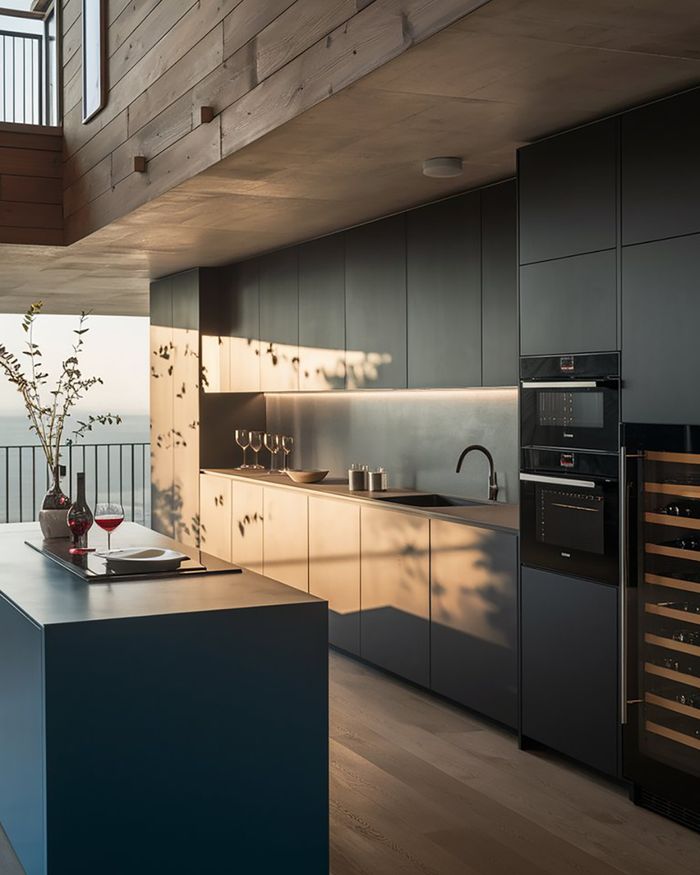
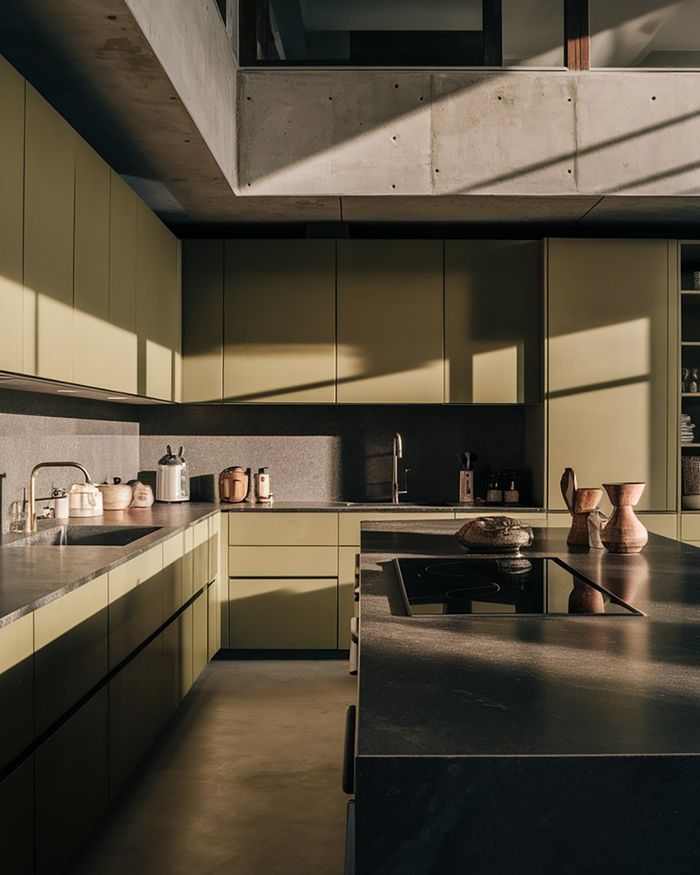
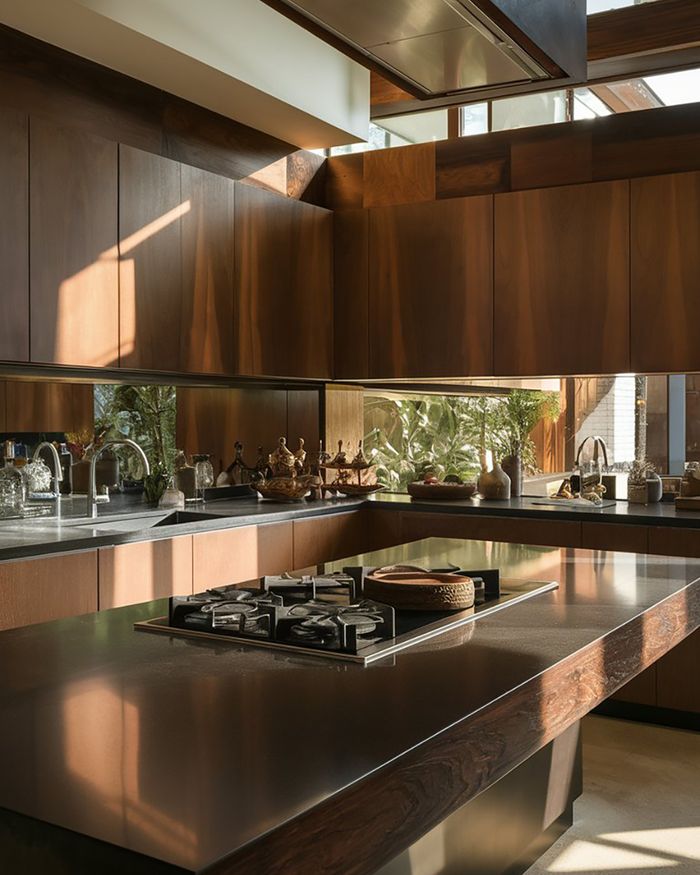
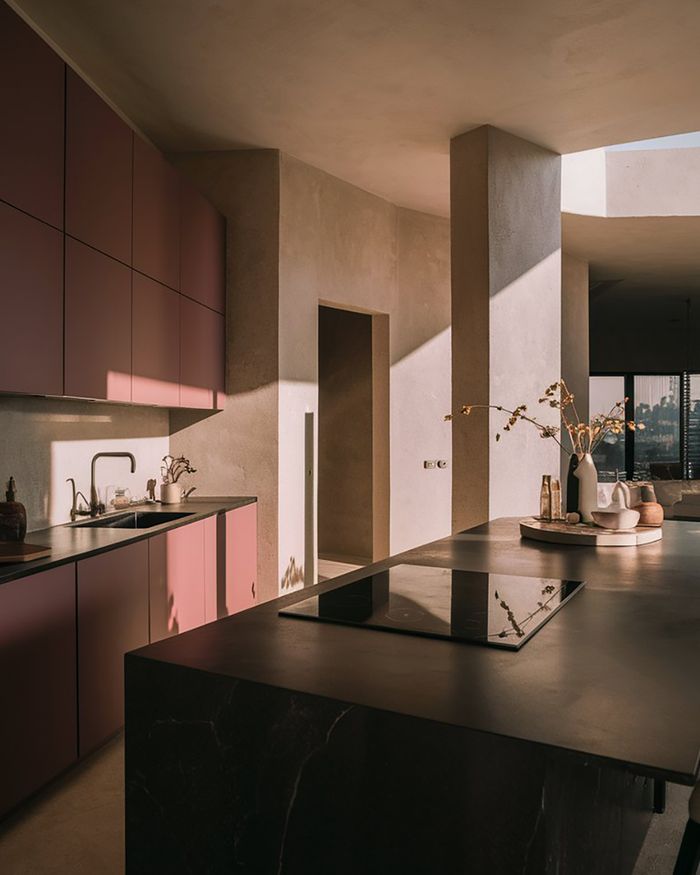
Kitchen with an Island: Modern Design and Functionality for Your Space
The kitchen with an island represents the epitome of modern kitchen design, combining functionality with style to create a versatile and attractive space. Whether you are renovating your existing kitchen or building a new one, adding an island can completely transform the aesthetics and functionality of the space.
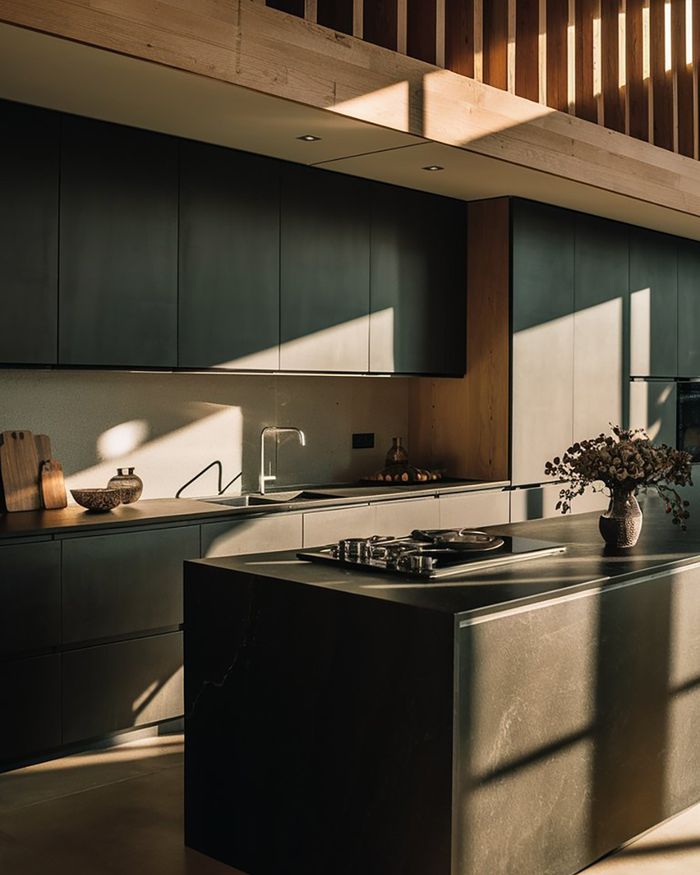
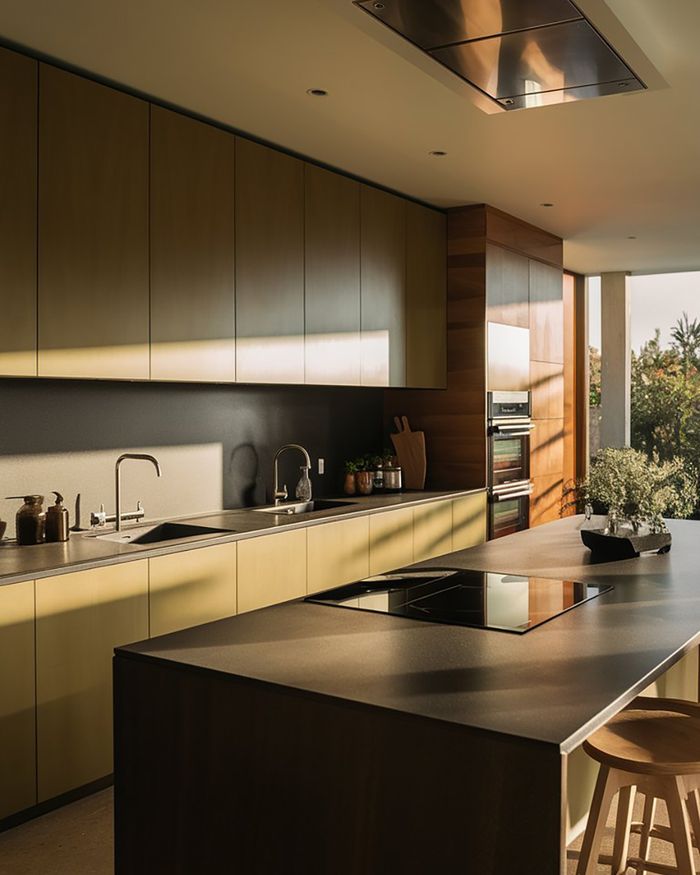
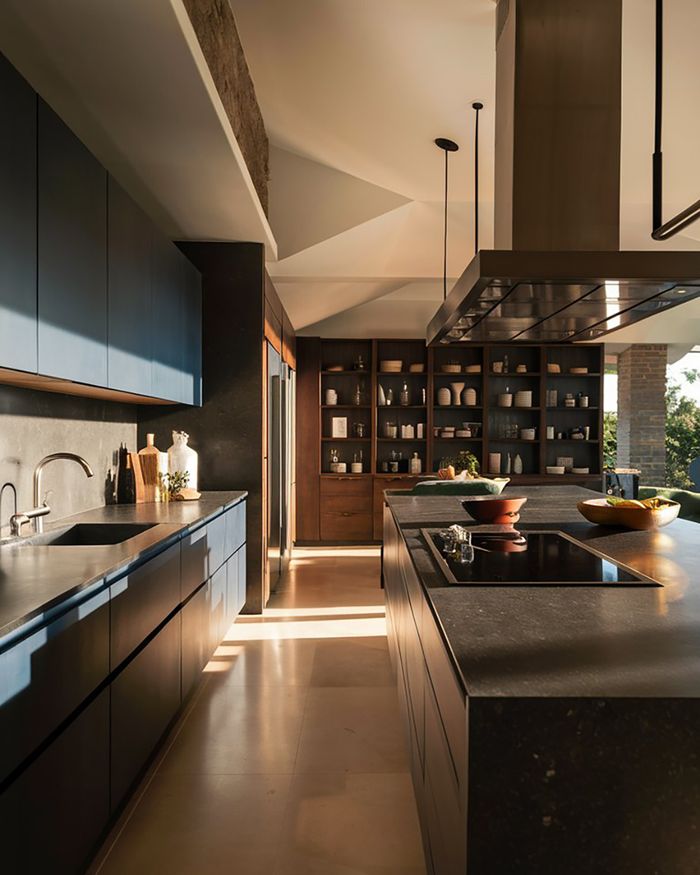
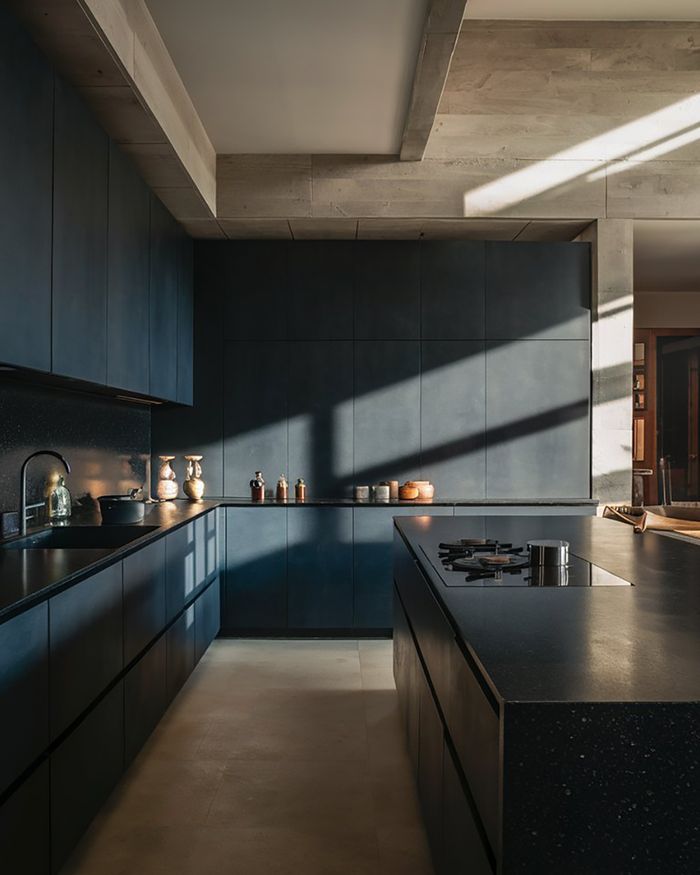
Definition and Advantages of a Kitchen with an Island
A kitchen with an island offers a range of advantages, making it an excellent choice for any household. Firstly, it provides additional workspace, which is particularly useful when preparing meals or multitasking. The island can also serve as a central gathering area, allowing people to socialize while cooking or enjoying a meal.
Another significant advantage is the extra storage. Cabinets and shelves integrated into the island offer space for storing utensils, cookware, and other kitchen supplies, keeping the rest of the kitchen tidy and organized. Additionally, the island can be equipped with appliances such as an oven, sink, or cooktop, making it a multifunctional space that accommodates various uses.
Historical Evolution of the Kitchen with an Island
The concept of the kitchen with an island is not new. Since the early 20th century, kitchens have evolved from small, isolated spaces into open, flexible layouts. The island gained popularity in the 1950s when kitchen designers began to recognize the need for more functionality and workspace. As interior design trends shifted and kitchens became central features of the home, the island transformed into a key element of kitchen design.
Today, the kitchen with an island is a symbol of contemporary and modern design. This evolution reflects the changing needs and preferences of households, as well as technological advancements that allow for the construction and installation of complex and elegant solutions.
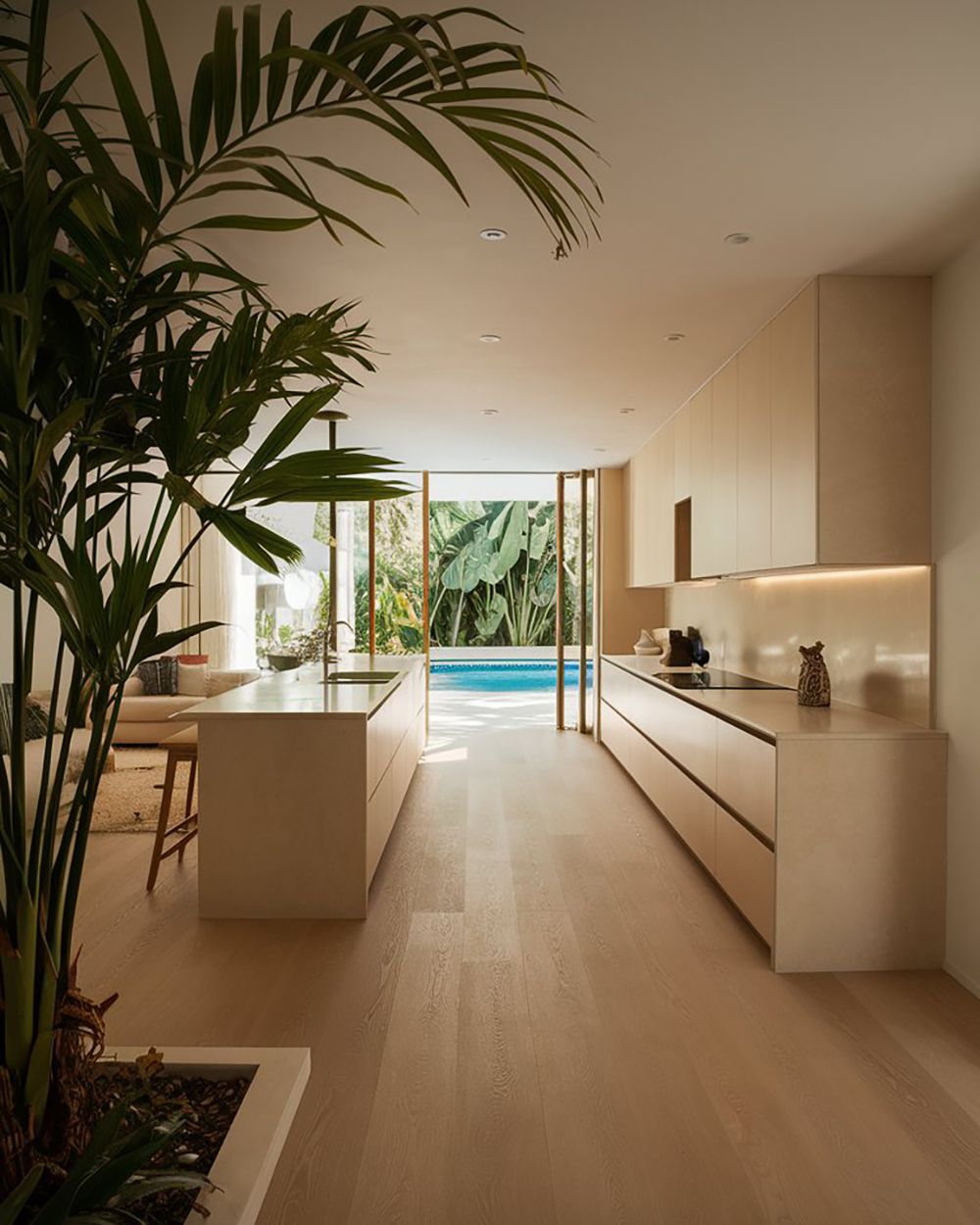
Modern Trends in Kitchen Island Design
Modern kitchens with an island embrace a variety of design trends that highlight both functionality and aesthetics. One of the most popular trends is the use of natural materials, such as wood and stone, which add warmth and character to the space. Additionally, islands with integrated appliances and technologies, like induction cooktops and built-in extractors, offer a sense of luxury and innovation.
Another important factor is the choice of colors. Neutral tones like white, gray, and black dominate modern kitchens, creating a clean and elegant environment. However, bold choices, such as vibrant colors or contrasting elements, can also add uniqueness and personality to the space.
Material and Surface Options for the Island
Choosing the right materials and surfaces for the kitchen island is crucial for both its aesthetics and functionality. Countertops made of granite, marble, and quartz are popular choices due to their durability and ease of maintenance. These materials are also available in a variety of colors and finishes, allowing you to customize the island to suit your needs and preferences.
Wood is another excellent option, adding natural beauty and warmth to the kitchen. Wooden surfaces can be either traditional or modern, depending on the finish and style you choose. Additionally, materials like stainless steel are ideal for an industrial or modern kitchen, offering high durability and easy cleaning.
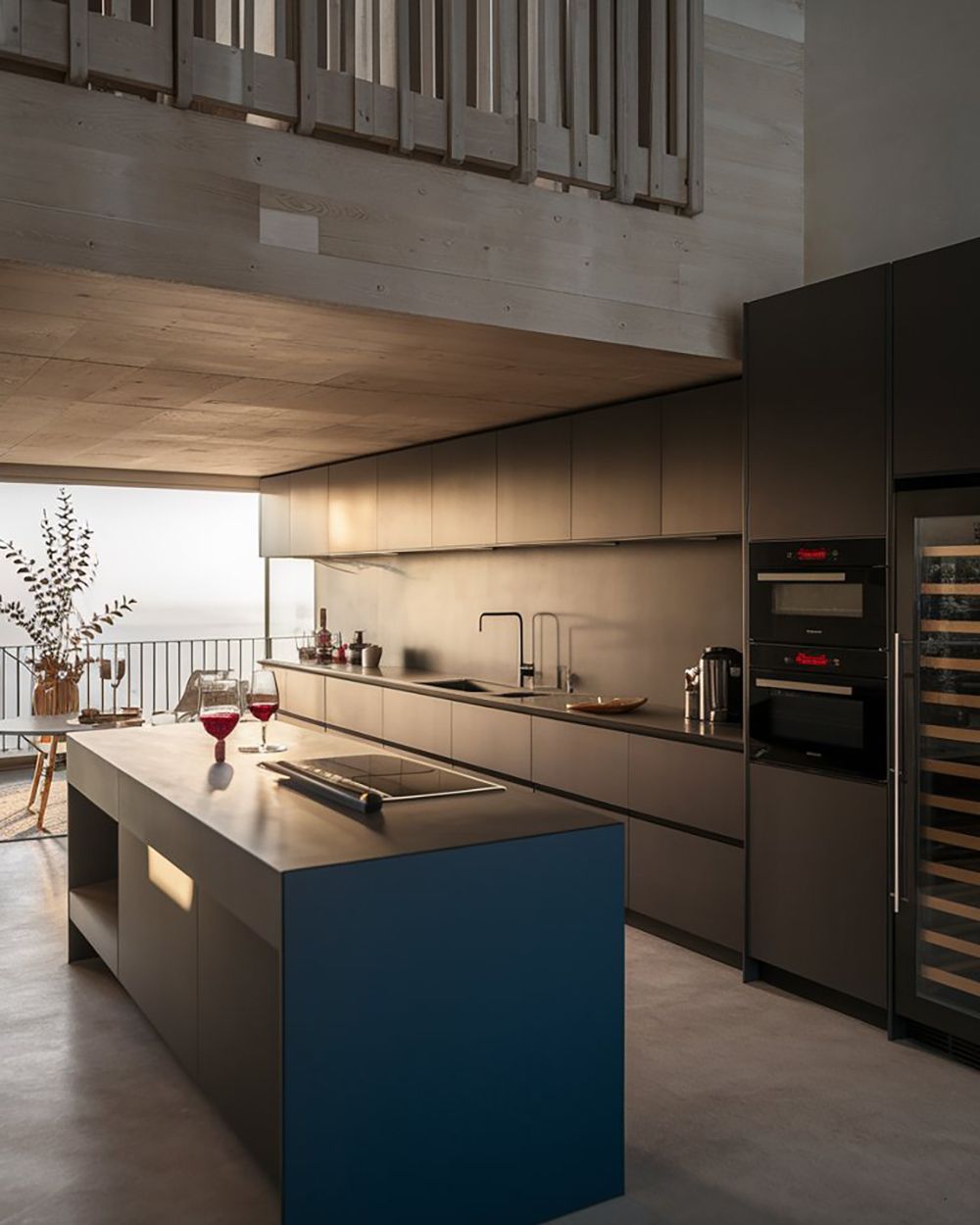
Functionality and Storage Space
The functionality of a kitchen island depends on how you organize and use it. Islands with built-in storage spaces, such as cabinets, drawers, and shelves, can help keep your kitchen clean and tidy. Additionally, islands can be equipped with specialized storage solutions like spice racks, wine storage, and cabinets for large pots and utensils.
A well-designed island can also include special features, such as built-in ovens, sinks, and dishwashers, making meal preparation and cooking more efficient and enjoyable. Consider your family's needs and how you can utilize the island space to enhance the functionality of your kitchen.
Smart Lighting Solutions for the Island
Lighting is a crucial element for a kitchen with an island, as it affects both the functionality and the atmosphere of the space. Pendant lights above the island are a popular choice, providing direct lighting for the workspace while adding style to your kitchen. You can choose from a variety of designs and materials, such as glass, metal, and wood, to match the overall kitchen design.
Additionally, integrated LED lights under cabinets and around the island can provide extra illumination and create a warm and welcoming atmosphere. You can also opt for adjustable lighting that allows you to control the light intensity according to your needs, whether for cooking or social gatherings.
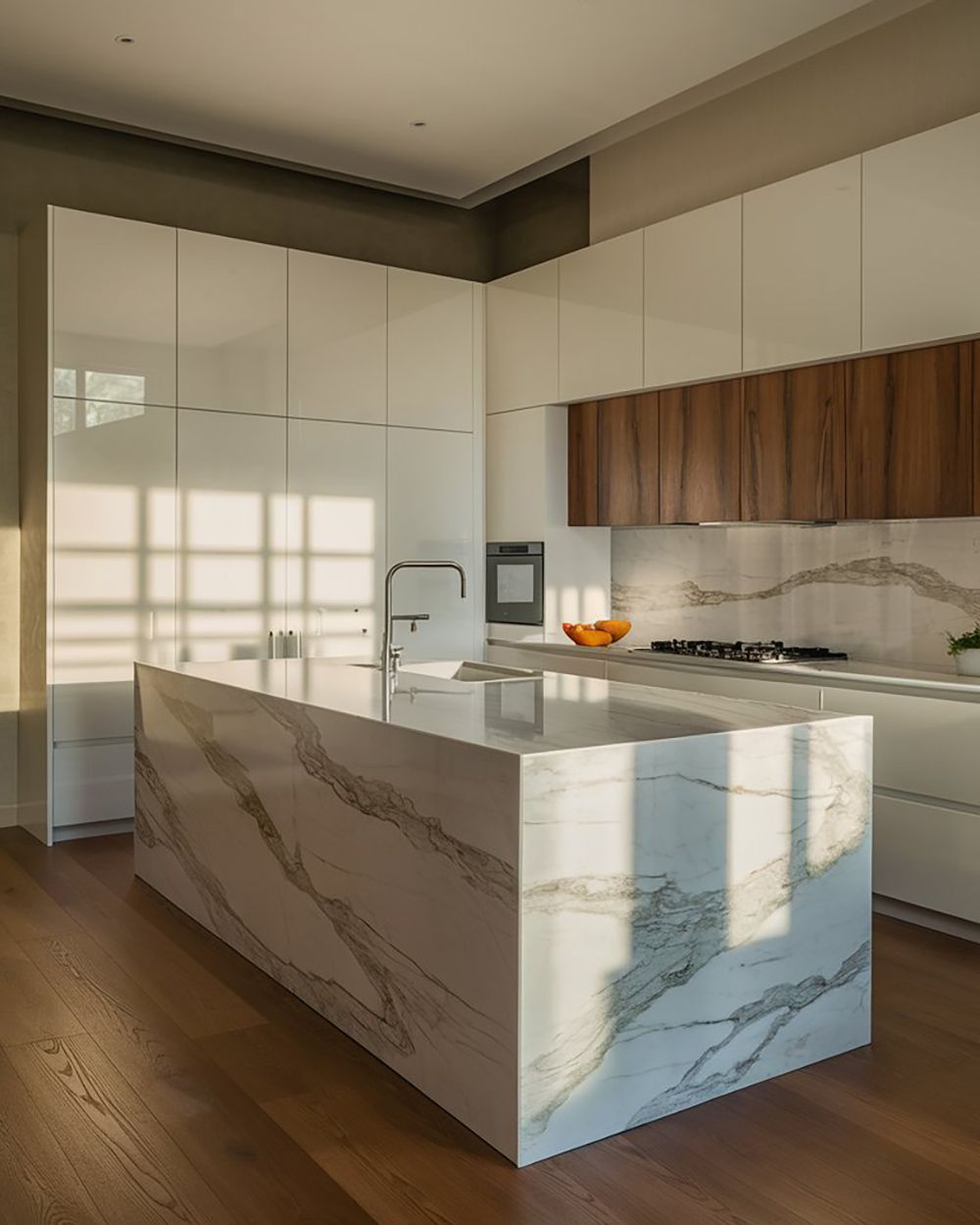
Island as a Cooking and Preparation Area
The island can serve as the main cooking and preparation area in your kitchen. By adding a cooktop or an oven, the island can become the central point for cooking, allowing chefs to have easy access to all necessary tools and ingredients. Additionally, the large work surfaces of the island offer ample space for food preparation, making the process more organized and efficient.
Island as a Dining and Social Space
The island is not just a workspace; it can also function as a dining and social area. By adding seating, the island can be transformed into a central spot for meals, social gatherings, and daily activities. It can also be equipped with shelves for cookbooks or decorative elements that add character and personality to your kitchen.
Customizing the Island to Your Needs
Customizing the island to your needs is crucial for achieving maximum functionality and aesthetics. Think about how you use your kitchen and what your daily needs are. If you cook often, you might require more workspace and storage. On the other hand, if you use your kitchen for social gatherings, you might prefer an island with more seating and a more welcoming atmosphere.
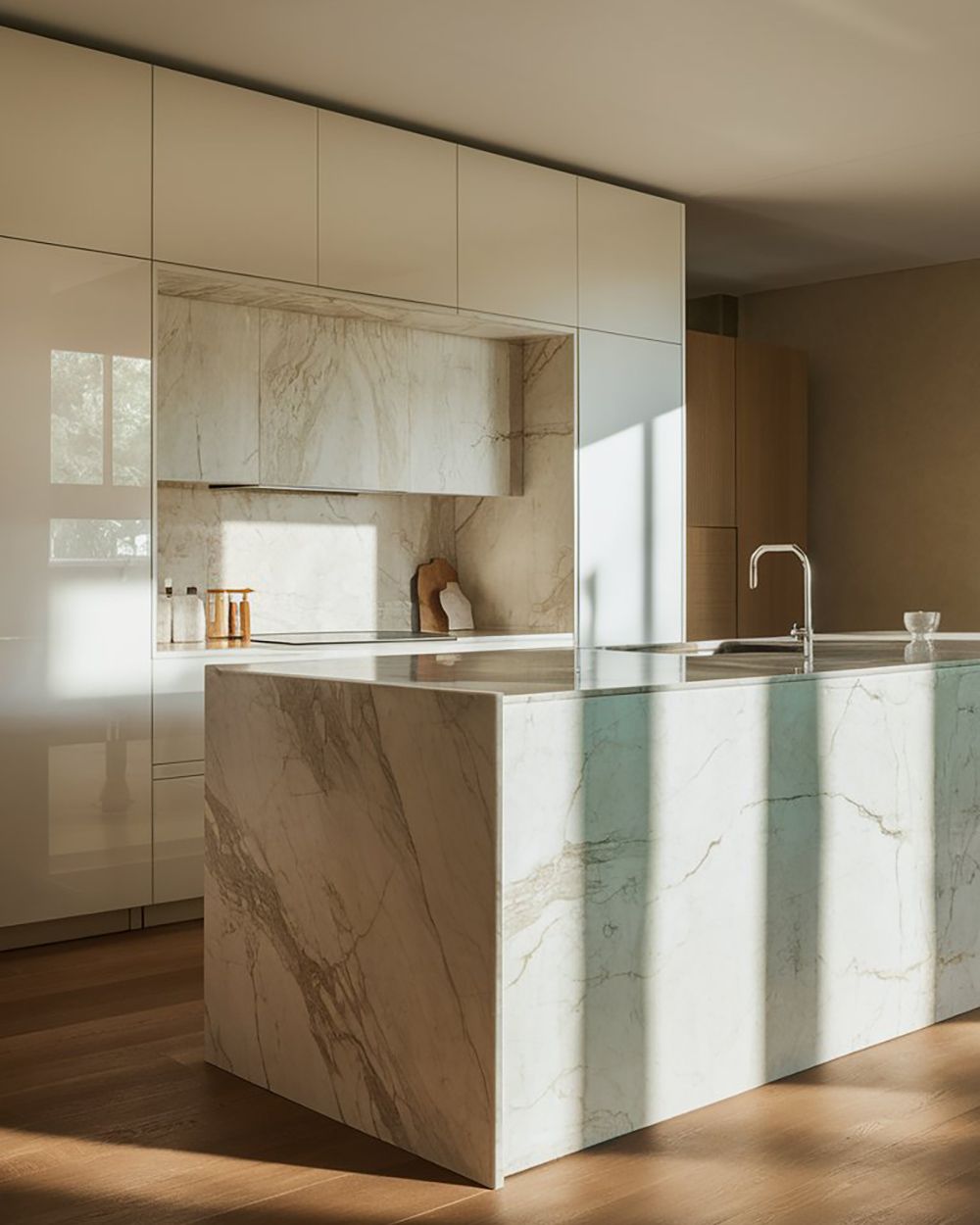
Kitchen Island Design for Small Spaces
Adding an island to a small kitchen may seem challenging, but with the right design, it can be achieved. Choose a smaller island that fits your space and offers essential functions without taking up too much room. Additionally, you can use multifunctional furniture and smart storage solutions to maximize the use of available space.
How to Choose the Right Size and Shape
The correct size and shape of the island depend on the available space and your needs. An island should be at least 90 cm wide and leave enough room around it for movement and work. Also, the shape of the island should match the layout of your kitchen, whether it’s rectangular, square, or in an L or U shape.
Kitchen Island Designs in Various Styles
Kitchens with an island can be adapted to various styles, from traditional to modern. For example, an island with wooden details and classic designs can give your kitchen a warm, traditional character. In contrast, an island with clean lines, modern materials, and integrated technologies can create a sleek and contemporary space.
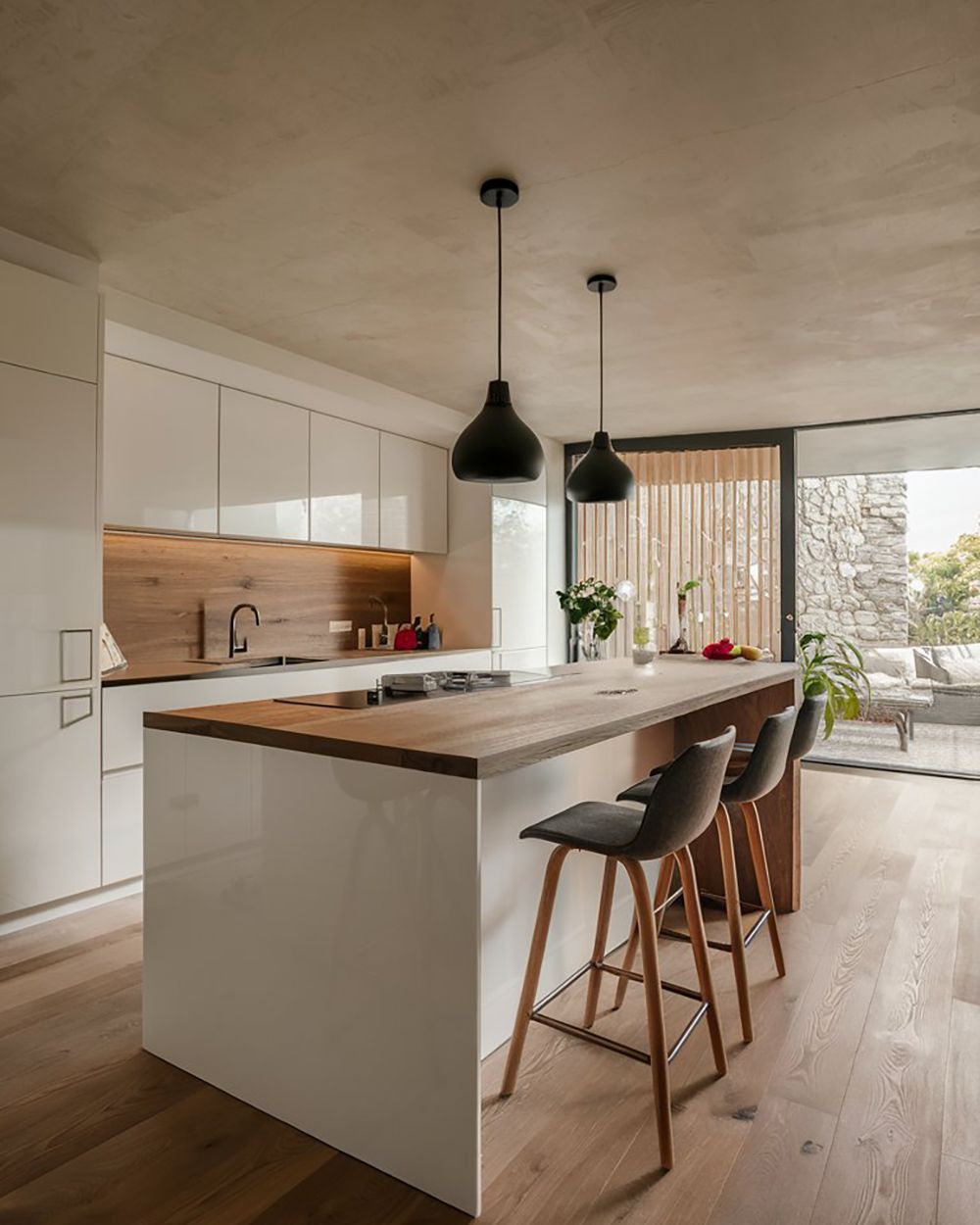
Decoration Ideas for a Kitchen with an Island
Decorating the island can add a personal touch to your kitchen. Consider using decorative elements, such as flower vases, fruit bowls, or cookbooks, to introduce color and character. Additionally, lighting choices and surface materials can enhance the island's aesthetics and create a welcoming atmosphere.
Technological Innovations for the Kitchen with an Island
Technological innovations can significantly improve the functionality of your island. Incorporate smart appliances, such as induction cooktops, built-in extractors, and smart dishwashers, to make your kitchen more efficient and user-friendly. Smart storage solutions and multifunctional appliances can also maximize space usage and provide added convenience.
Kitchen Renovation with the Addition of an Island
Adding an island to an existing kitchen can be a major renovation that enhances both the functionality and aesthetics of the space. Consider the cost, your needs, and the space's potential before starting the renovation. Collaborate with professional designers and technicians to ensure the result meets your expectations and is of the highest quality.

How to Integrate an Island into Your Existing Kitchen
Integrating an island into an existing kitchen can be achieved through proper planning and measurement. It is essential to ensure there is enough space for the island and to choose a design that matches the rest of your kitchen. Consider the layout and your needs to create an island that offers both functionality and style.
Kitchen with an Island for Families with Children
A kitchen with an island is ideal for families with children, as it provides a safe and functional space for cooking, play, and social activities. Islands with rounded corners and safe materials can minimize the risk of injury, while additional storage spaces can help organize toys and cooking tools.
Kitchen with an Island for Professional Spaces
The island can also be adapted for professional spaces, such as cafes, restaurants, and offices. Integrating specialized appliances and multifunctional areas can improve efficiency and ergonomics, making the kitchen a more pleasant and effective working environment.
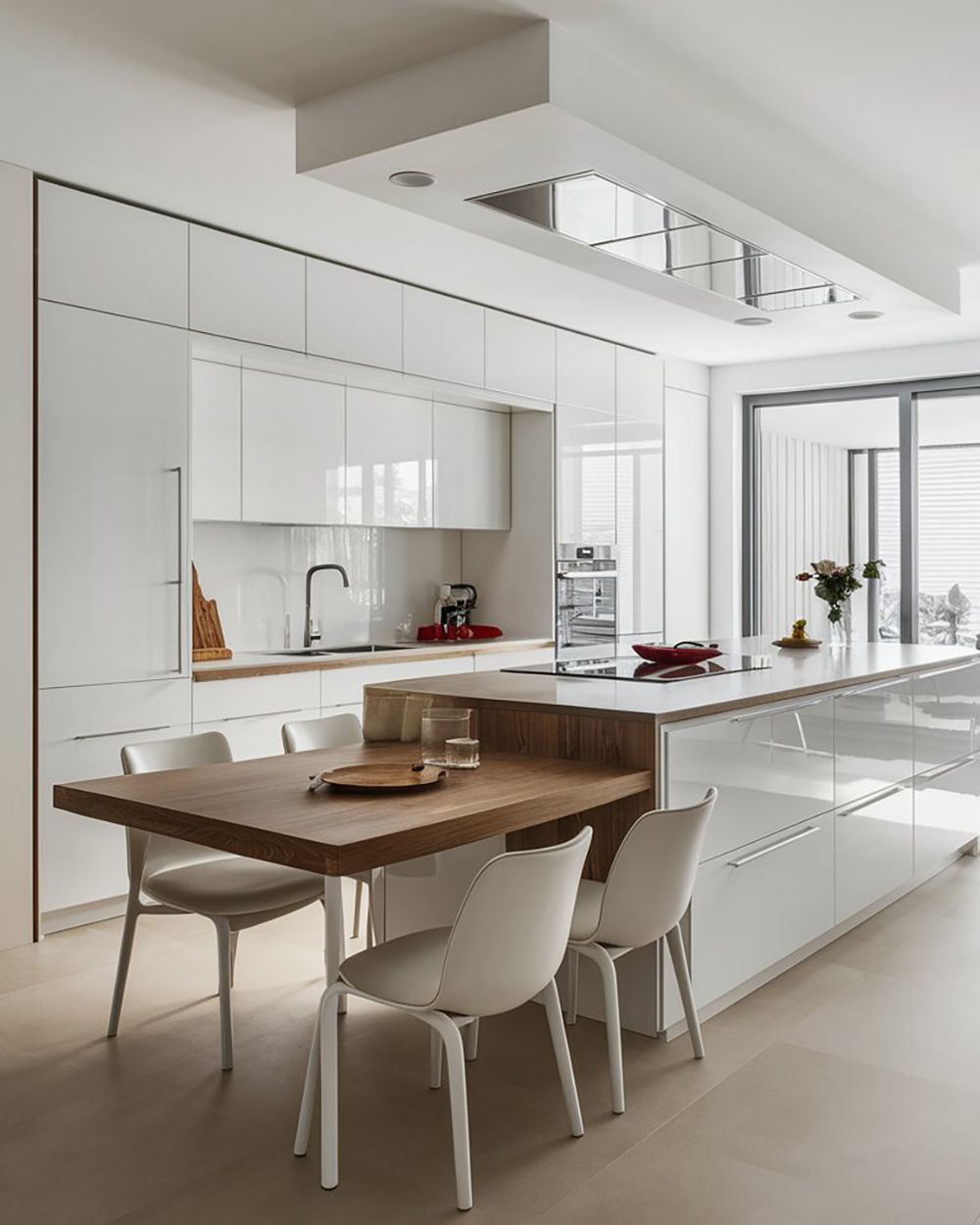
Functional Ideas for Large Kitchens with an Island
Large kitchens offer more possibilities for adding a spacious and multifunctional island. Consider using multiple levels and work zones to create a space that serves different needs. Large countertops and built-in appliances can provide enhanced functionality and storage, making your kitchen a complete and organized space.
How to Keep the Island Clean and Organized
Maintaining the cleanliness and organization of the island involves regularly cleaning surfaces, storing utensils and tools in designated places, and avoiding clutter on the countertop. Use smart storage solutions and multifunctional furniture to keep the area neat and tidy.
Tips for Choosing the Right Color
Choosing the right color for the island can significantly impact the overall aesthetic of your kitchen. Neutral tones, such as white, gray, and black, can create a clean and elegant environment, while bold colors or contrasts can add uniqueness and character to the space. Select colors that match the overall style of your kitchen and reflect your personality.
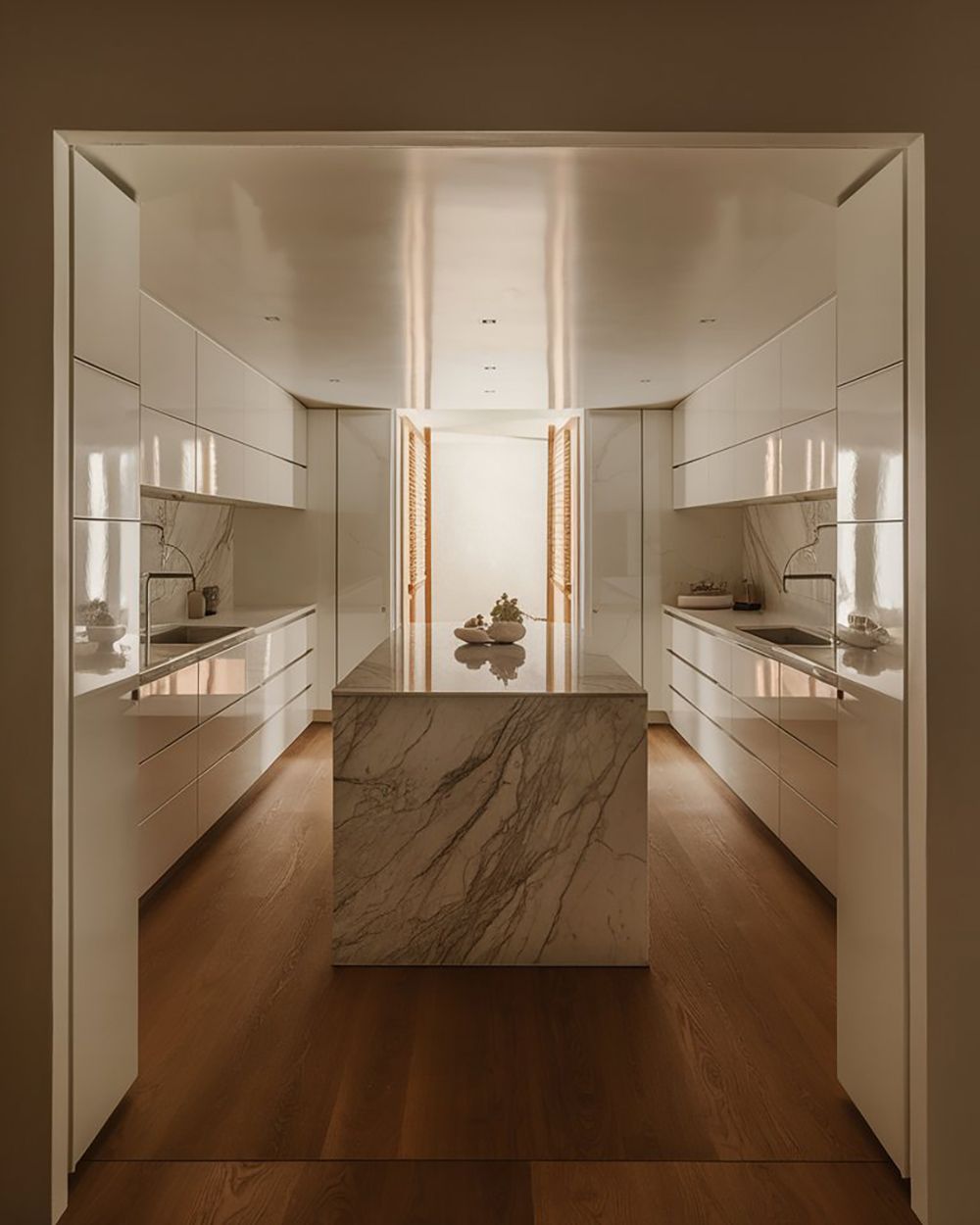
Energy Efficiency and Sustainability
Energy efficiency and sustainability are key factors when designing a kitchen with an island. Choose energy-efficient appliances and lighting that reduce energy consumption and operating costs. Additionally, use sustainable materials and practices that promote environmental protection and the health of household occupants.
Collaboration with Professional Kitchen Designers
Working with professional kitchen designers can help you create an island that fully meets your needs and preferences. Professionals can guide you in selecting materials, design, and equipment, ensuring that the final result is functional, aesthetically pleasing, and durable.
What Are the Best Countertops for Your Island
Countertops made of granite, marble, and quartz are popular choices for kitchen islands due to their durability and easy maintenance. These materials are also available in various colors and finishes, allowing you to customize the island to your needs and preferences. Wood is another excellent option, adding natural beauty and warmth to the kitchen.
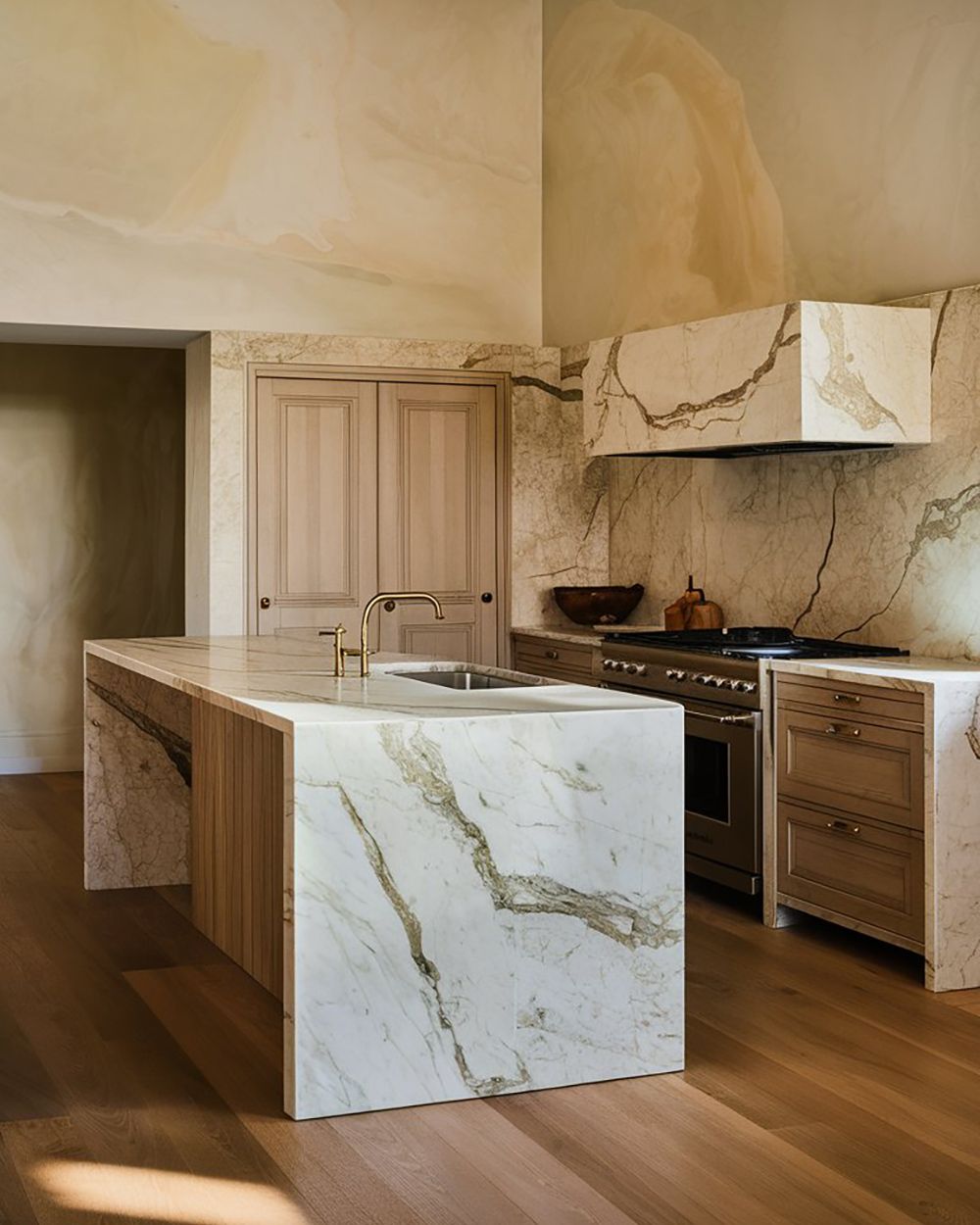
How to Maximize the Use of Your Island
Optimal use of the island involves organizing and utilizing every available space. Use smart storage solutions, such as cabinets, drawers, and shelves, to keep the area tidy and functional. Also, consider using multifunctional furniture and appliances that can serve various needs, transforming your island into a versatile and efficient space.
What to Avoid When Designing a Kitchen with an Island
Designing a kitchen with an island can be challenging, and it's important to avoid some common mistakes. Do not overload the island with too many items or appliances, as this can reduce its functionality. Additionally, ensure there is enough space around the island for movement and work, and choose materials and designs that match the overall style of your kitchen.
Frequently Asked Questions about Kitchen Islands
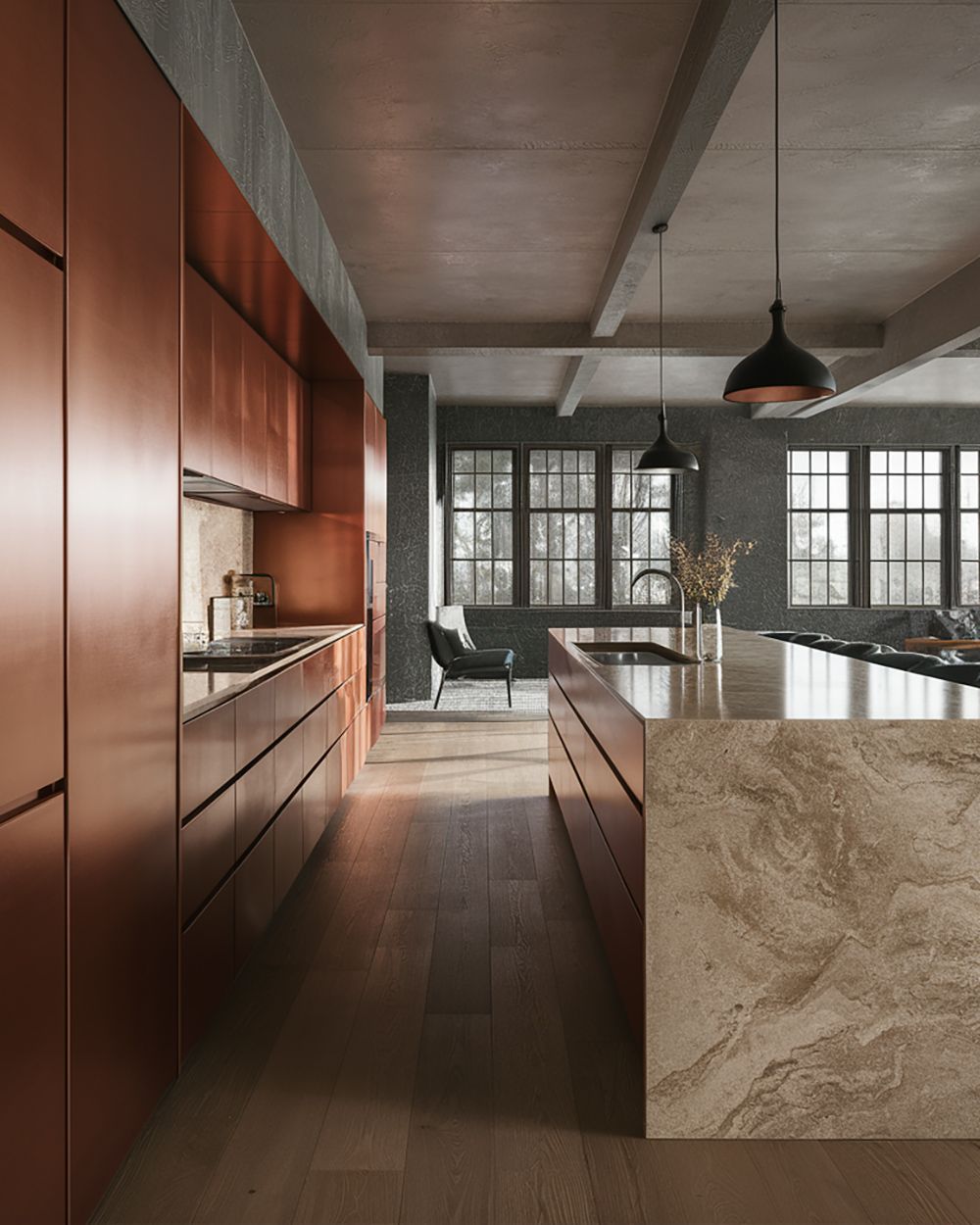
What Are the Advantages of a Kitchen with an Island?
A kitchen with an island provides extra workspace, increased storage, and opportunities for social interaction. It is ideal for cooking, food preparation, and hosting social gatherings.
What Materials Are Best for a Kitchen Island?
The most popular materials for a kitchen island include granite, marble, quartz, and wood due to their durability and ease of maintenance.
How Can I Incorporate an Island into My Existing Kitchen?
Incorporating an island into your existing kitchen can be achieved through proper planning and measurement. Ensure there is enough space for the island and select a design that complements the rest of your kitchen.
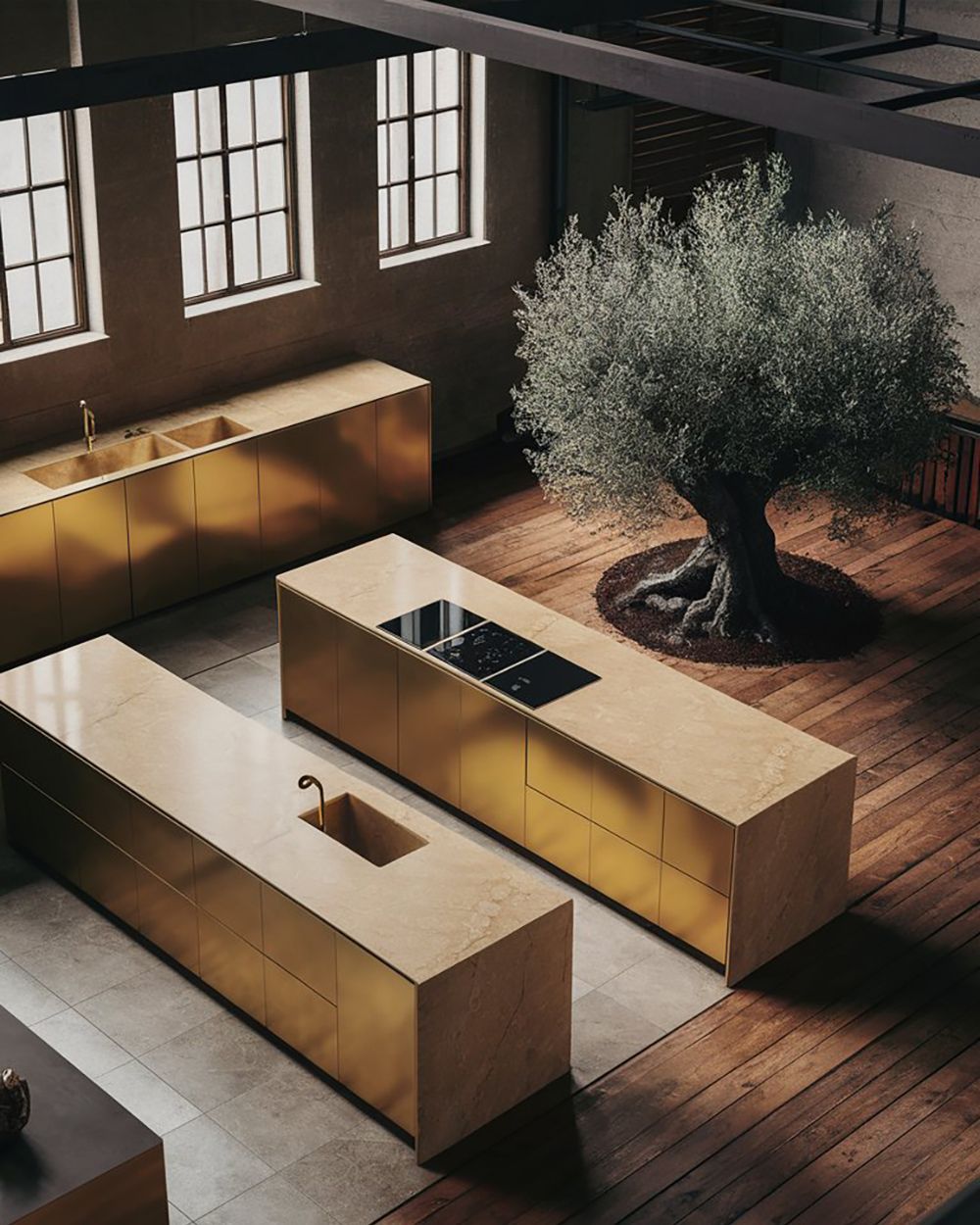
What is the Best Size for a Kitchen Island?
The ideal size for a kitchen island depends on the available space and your needs. Generally, an island should be at least 90 centimeters wide and provide enough space around it for movement.
Can the Island Function as a Dining Area?
Yes, many kitchen islands are designed to function as dining areas with the addition of seating. This makes them perfect for meals, social gatherings, and daily activities.
How Can I Keep My Island Clean and Organized?
Keeping the island clean and organized involves regular surface cleaning, storing utensils and tools in designated places, and avoiding clutter on the countertop.
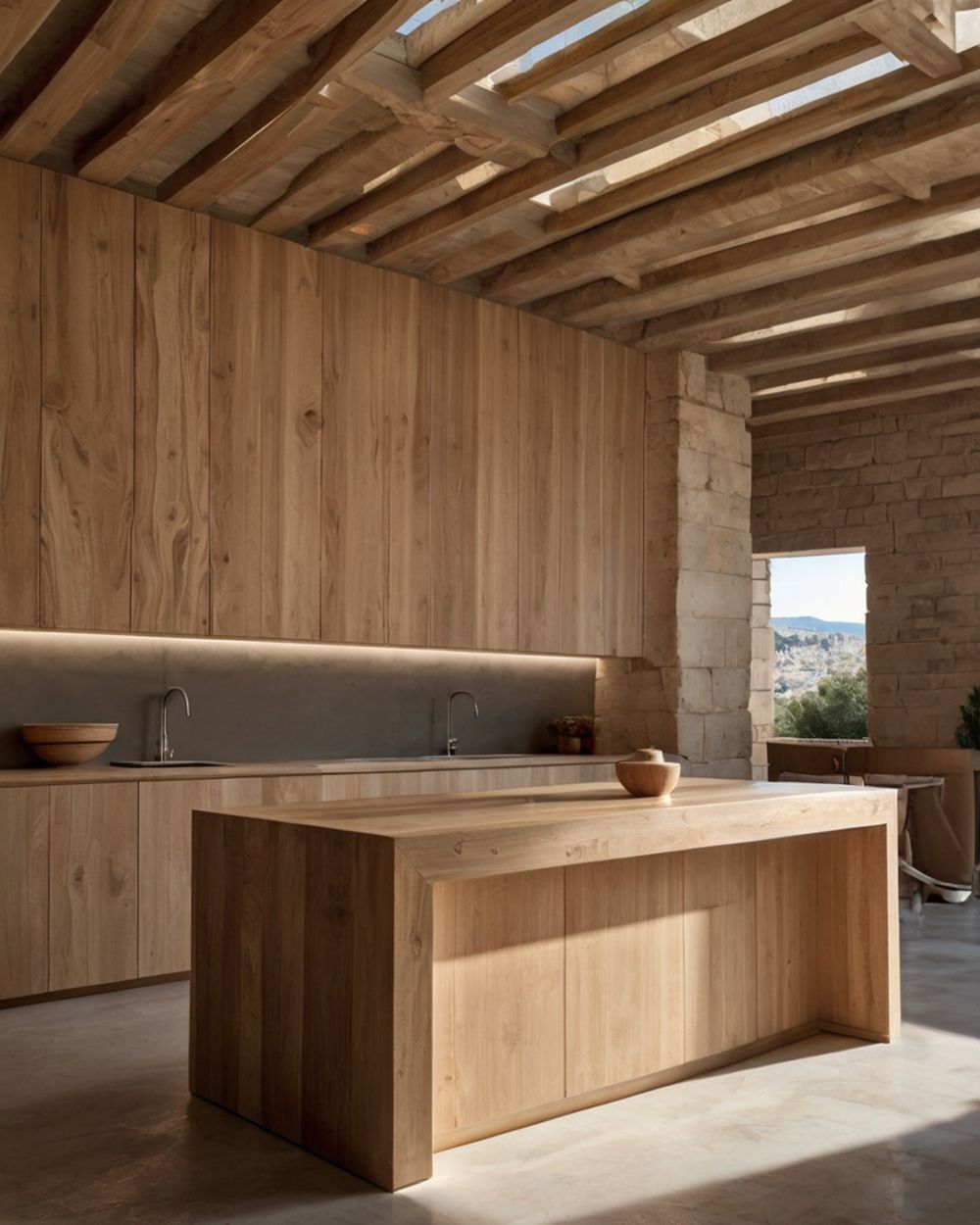
Conclusions and Final Thoughts
A kitchen with an island is an excellent choice for any household looking to enhance both the functionality and aesthetics of their kitchen. With the right selection of materials, design, and equipment, the island can become a multifunctional space that meets all the family's needs. Whether you prefer a classic, traditional style or a modern, sleek appearance, the island can be fully customized to suit your preferences.
It's important to consider your needs and preferences when designing and constructing the island, as well as to collaborate with professional designers and technicians to ensure an outstanding result. A well-designed and organized island can provide years of functionality and visual enjoyment, making it a worthwhile investment.
